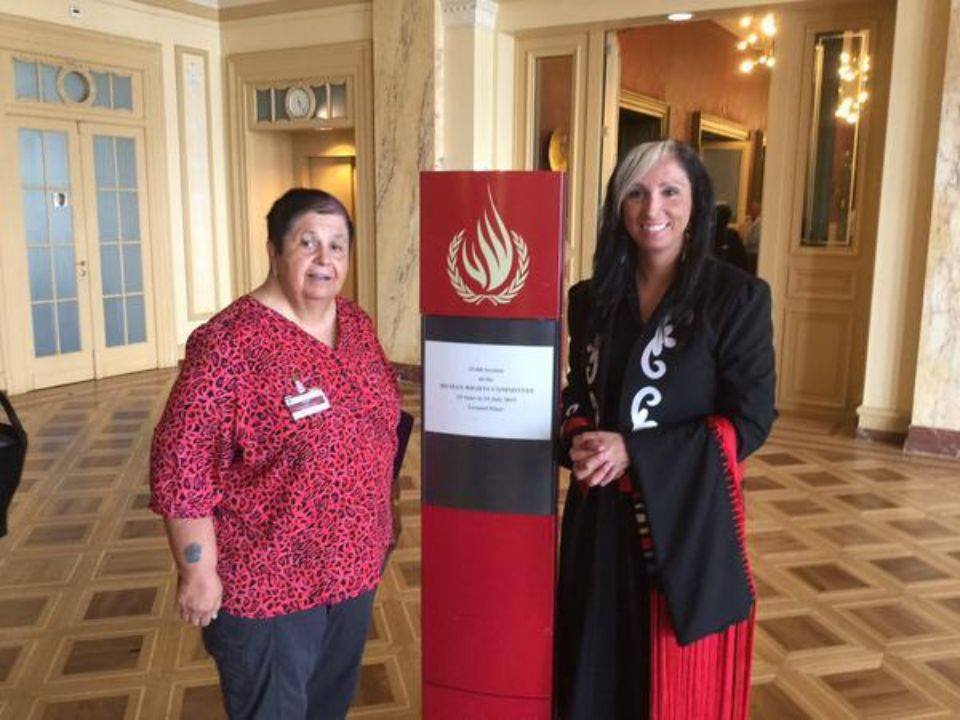Statement of Pamela Palmater to the 114th Human Rights Committee Session: Formal Briefing on Canada (July 6, 2015 Geneva, Switzerland) Kwe, n’in teluisi Pam Palmater. I am from the sovereign Indigenous Nation of the Mi’kmaq in Mi’kma’ki, Canada. I am here as an impacted Indigenous individual thanks to the support of Franciscans International. Today I would like…
My Submission to United Nations Human Rights Committee on Canada’s Human Rights Violations
